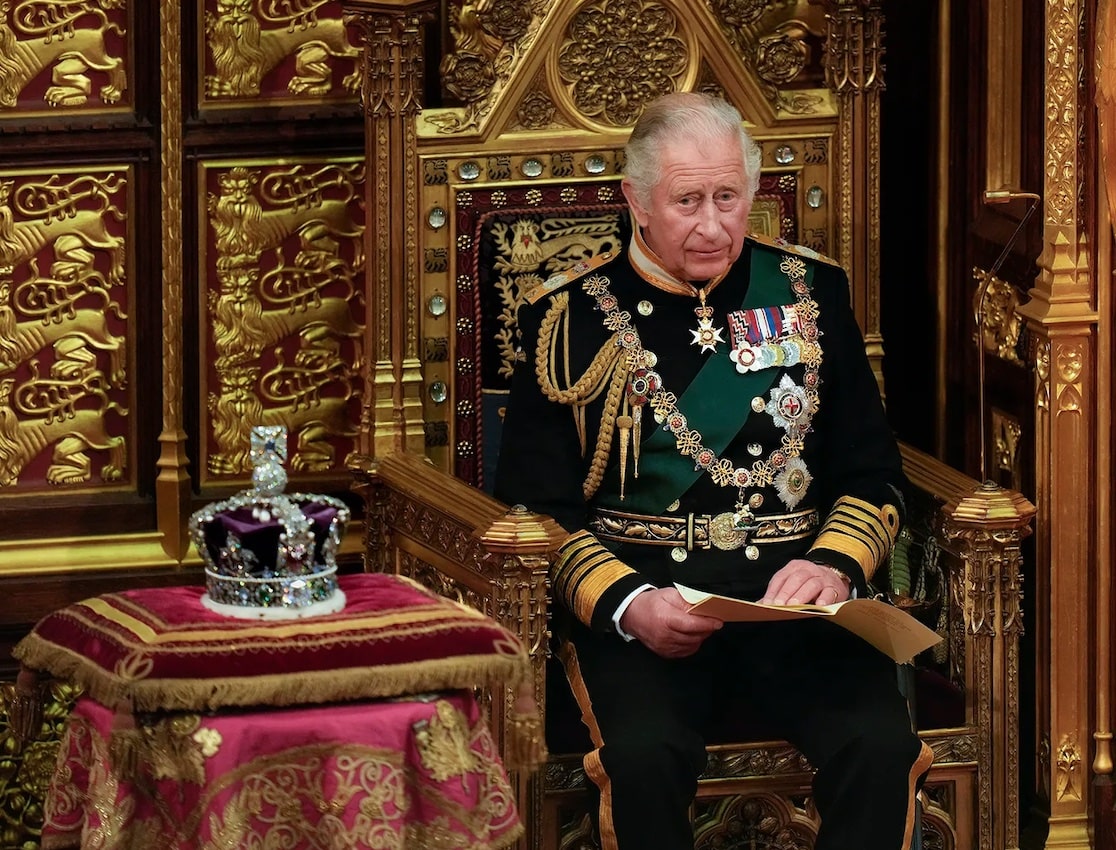
The Imperial State Crown
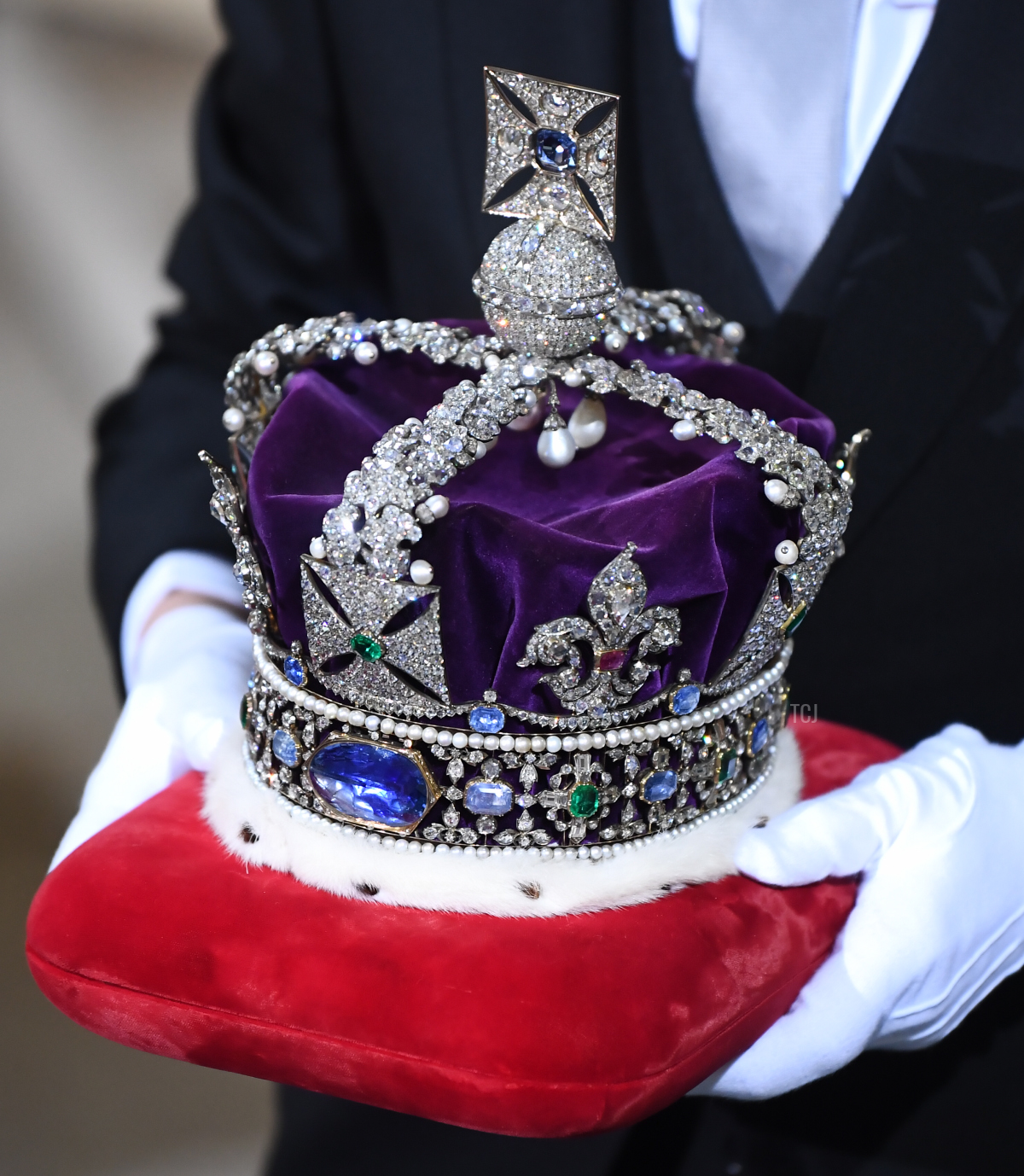
Dalla prima incoronazione, quella del 6 maggio prossimo, per volere del monarca, sarà all’insegna della possibile ‘semplicità’ (tra l’altro il primogenito di Elisabetta indosserà la divisa e non i tradizionali abiti da cerimonia, pur rispettando usanze che risalgono al Medioevo).
Sarà incoronato con il nome di re Carlo III, il 40esimo sovrano d’Inghilterra, e a sua volta sua moglie Camilla sarà regina, non consorte, ed indosserà la corona che fu di Mary di Teck, modificata con l’aggiunta di tre diamanti della collezione privata di Elisabetta II, il Cullinan III, IV e V.
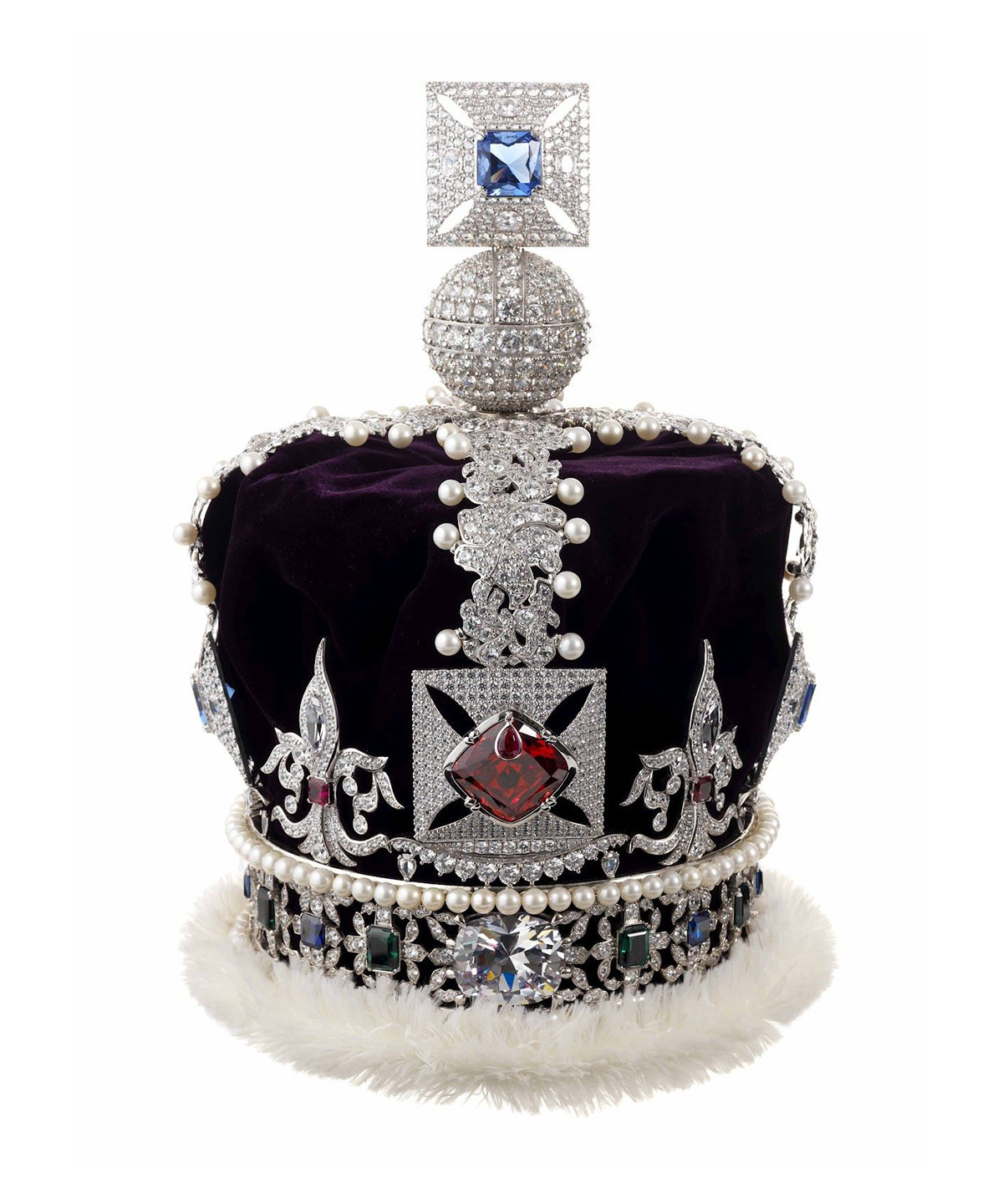
La cerimonia si terrà a Westminster e il sovrano all’uscita dall’Abbazia indosserà la Imperial State Crown, la corona creata per re Giorgio VI con quattro croci, quattro fleurs-de-lis, due archi e un globo, la stessa che cinse il capo di Elisabetta II nel 1953, custodisce un cappuccio di velluto viola ed alla base è cinta da una fascia di ermellino. È simile al copricapo creato per la Regina Vittoria nel 1838.
Il prezioso gioiello, che da mesi non è più nella Torre di Londra per le necessarie modifiche, rientra tra i Coronation Regalia che fanno parte dei Gioielli della Corona, gli oggetti sacri presenti nella cerimonia e che figurano i poteri e le responsabilità del monarca, ma viene utilizzato anche in altre occasioni di Stato, tra cui l’annuale apertura del Parlamento.
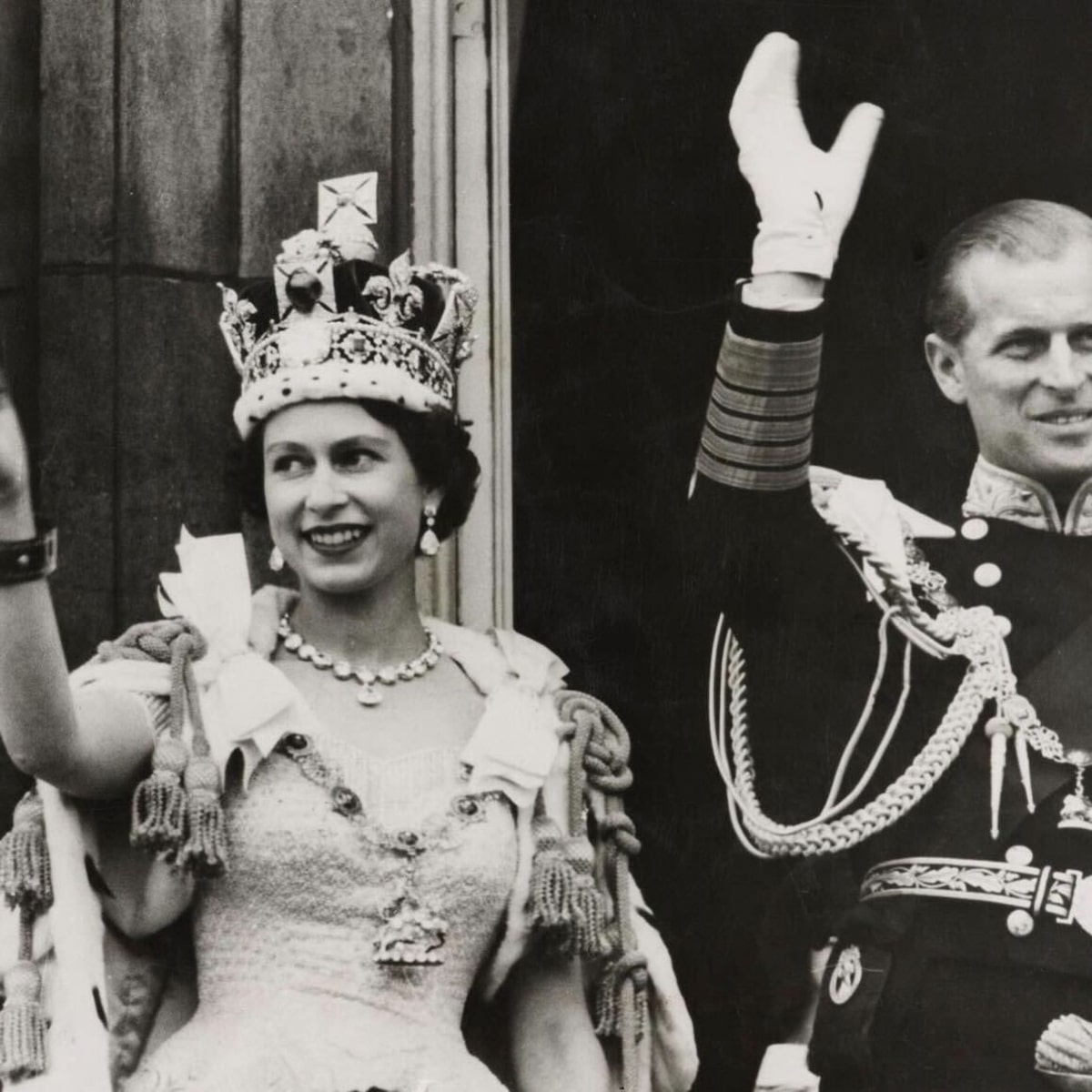
È in oro e porta incastonati 2868 diamanti e pietre colorate tra cui 17 zaffiri, 11 smeraldi e 269 perle. Nella parte anteriore spicca il Cullinan II a taglio cuscino, la seconda pietra più grande ottenuta dal diamante di Cullian (la Seconda Stella d’Africa). Sul retro c’è il grande zaffiro ovale, lo “Zaffiro Stuart” e tutt’intorno otto smeraldi, otto zaffiri e due file di perle. Porta quattro croci, su quella anteriore è montato un grande spinello rosso cabochon, il “rubino del principe nero”, sulle altre tre sono montati smeraldi a gradini. Le croci si alternano a quattro fleurs-de-lis con un rubino.
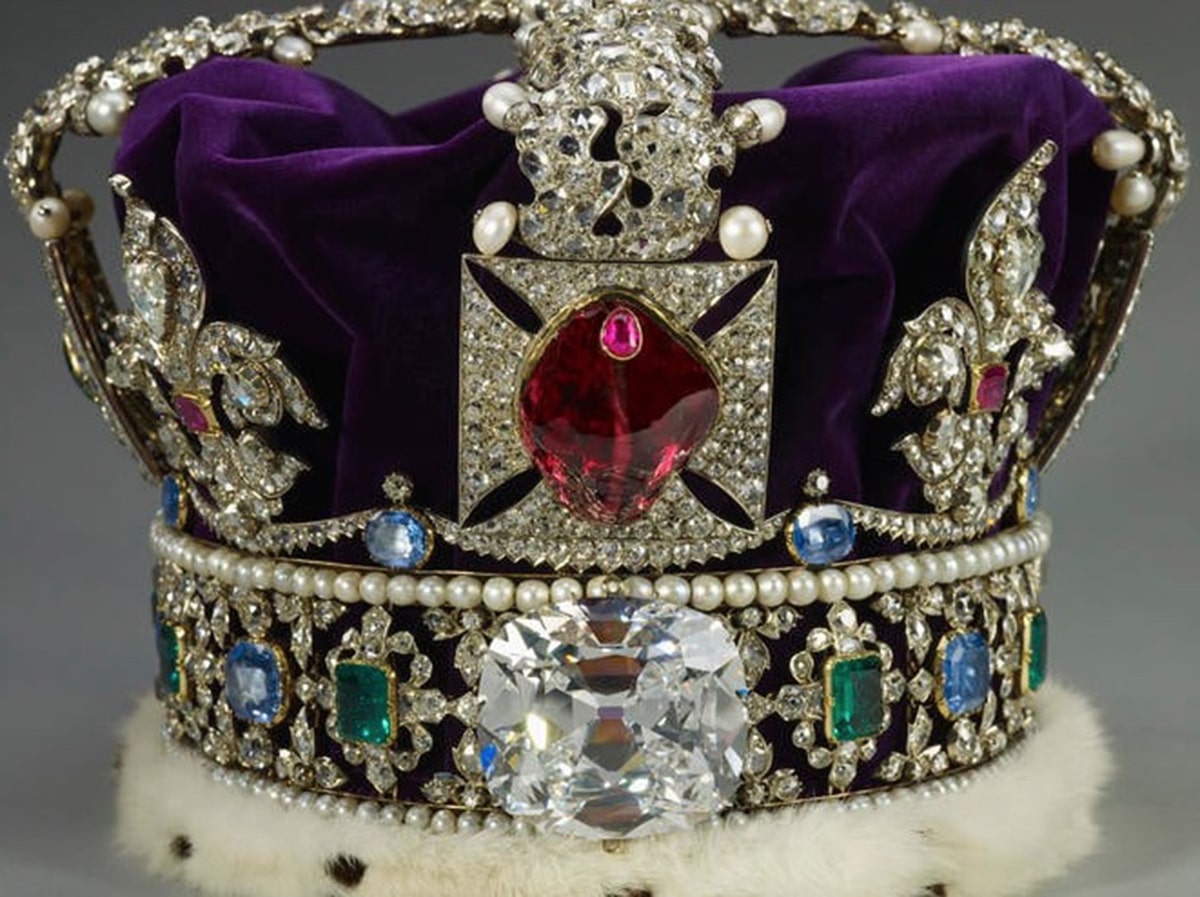
Una curiosità: il “Rubino del Principe Nero“, fu pensato come ciondolo e per questo forata, in seguito il buco colmato da un altro piccolo rubino
Al centro della croce-patacca, sopra il globo tempestato di diamanti, è incastonato lo “zaffiro di Sant’Edoardo”, così chiamato perché montato su un anello del santo, penultimo re degli anglosassoni, e per volere della regina Vittoria incastonato poi sulla Corona.
Una stima approssimativa del gioielliere britannico Maxwell Stone della Steven Stone si aggira sui 2,5 milioni di sterline.
From the first coronation, the one on May 6 next year, at the monarch’s behest, it will be under the banner of possible ‘simplicity’ (among other things, Elizabeth’s eldest son will wear the uniform and not the traditional ceremonial robes, while respecting customs that date back to the Middle Ages).
He will be crowned as King Charles III, England’s 40th ruler, and in turn his wife Camilla will be queen, not consort, and will wear the crown that was Mary of Teck’s, modified with the addition of three diamonds from Elizabeth II’s private collection, the Cullinan III, IV and V.
The ceremony will be held at Westminster Abbey, and the sovereign on leaving the Abbey
will wear the Imperial State Crown, the crown created for King George VI with four crosses, four fleurs-de-lis, two bows and an orb, the same one that encircled Elizabeth II’s head in 1953, holds a purple velvet cap and at the base is encircled with an ermine band. It is similar to the headdress created for Queen Victoria in 1838.
The precious jewel, which has not been in the Tower of London for months for necessary alterations, is among the Coronation Regalia that are part of the Crown Jewels, the sacred objects featured in the ceremony and figuring the monarch’s powers and responsibilities, but it is also used on other state occasions, including the annual opening of Parliament.
It is made of gold and is set with c 2868 diamonds and colored stones including 17 sapphires, 11 emeralds and 269 pearls. Prominent on the front is the cushion-cut Cullinan II, the second largest stone obtained from the Cullian diamond (the Second Star of Africa). On the back is the large oval sapphire, the “Stuart Sapphire,” and all around eight emeralds, eight sapphires and two rows of pearls. It bears four crosses, on the front one is mounted a large red cabochon spinel, the “Black Prince’s Ruby,” on the other three are mounted stepped emeralds. The crosses alternate with four fleurs-de-lis with a ruby.
A curiosity: the “Black Prince’s Ruby,” was intended as a pendant and therefore pierced, later the hole filled by another small ruby
In the center of the cross-pattern, above the diamond-studded globe, is set the “sapphire of St. Edward,” so called because it was mounted on a ring of the saint, the penultimate king of the Anglo-Saxons, and at the behest of Queen Victoria later set on the Crown.
A rough estimate by British jeweler Maxwell Stone of Steven Stone’s is around £2.5 million.
1 Comment
POST COMMENT
Devi essere connesso per inviare un commento.

Pingback: …e per incoronare Camilla, una corona riciclata - Preziosamagazine